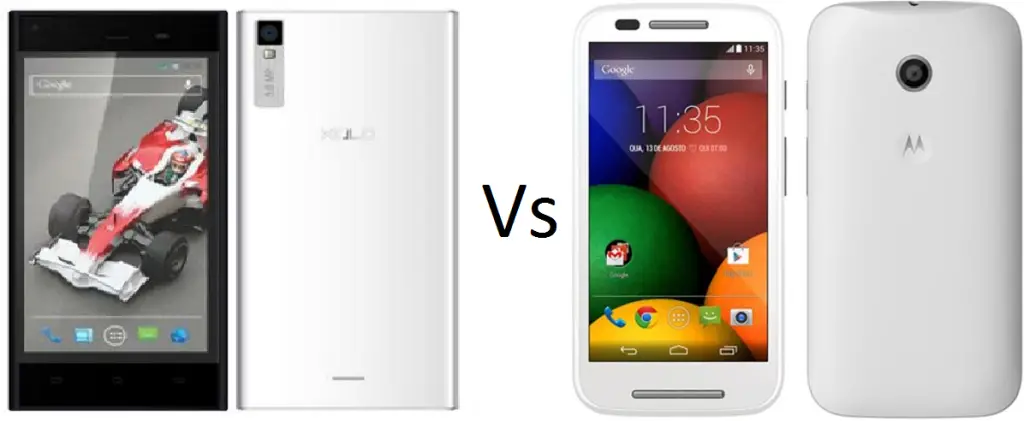Display and Processor
The Q600S comes with a 4.5 inch qHD display of 960X540 pixels with a resultant density of 245 pixels per inch. The display is decent for this price range and users can expect clear pictures with good viewing angles. In comparison, the Moto E comes with a 4.3 inch IPS LCD display with a similar qHD resolution and the pixel density of 256 ppi, again pretty well for the range. While Moto E has a slightly better pixel density, all in all we can say that the displays are pretty well matched. Q600S has a quad core processor clocked at 1.2 GHz with a currently undisclosed chipset, and 1 GB RAM. The presence of 1 GB RAM in the device will help the device when performing multitasking and graphically intensive tasks. The Moto E comes with a 1.2 GHz dual core Snapdragon 200 chipset with Adreno 302 GPU and 1 GB of RAM. Motorola’s device are popular for the excellent hardware and software sync they offer to the user and we will have to wait and see if the Q600S’s performance stands up to Moto E’s. Users can refer to our article on how better hardware and software sync affect a device’s performance for more information.
Camera and Internal Storage
The Q600S comes with a 5MP rear camera with a VGA secondary snapper and LED flash. Motorola has saved costs in the Moto E by having some cuts in the camera department, with no front camera available in the device and a similar 5 MP primary camera present without the LED flash. For those who regularly use video conferencing apps like Skype or take a lot of selfies, the absence of a secondary camera is a disappointment, and therefore the Xolo Q600S has an apparent advantage over the Moto E. Both devices have 4 GB internal storage, which might seem low to prospective buyers. To overcome this limitations, both devices offer a microSD card slot on the device body, which allows users to use expandable memory. In case of the Moto E users can expand the memory to up to 32 GB, and this limit increases to 64 GB for the Q600S.
Battery and Features
Xolo Q600S packs a 2000 mAh Lithium-ion battery, which on paper is greater than the Moto E’s 1980 mAh Lithium-ion unit. However, with a somewhat bigger screen on the Q600S, the two devices can be expected to give comparitevly similar power backup. The Xolo Q600S will come with Android 4.4 KitKat out of the box, with functions such as FM Radio, 3G and dual-SIM support. More software features of the device will become clear with time. Moto E too comes with Android 4.4 KitKat, and users can expect timely updates of newer versions of the Android OS.
Key Specs
Price and Conclusion
Both of these devices not only fall in the same price bracket, but have very similar features too. The only major drawback associated with the Moto E device is the absence of a front camera and LED flash. However, the Motorola brand name along with excellent performances from all recently launched devices from the manufacturer might tilt the scales in the favor of the Moto E, and Xolo Q600S will find it somewhat difficult to compete in the price segment. Then again, with a theoretically faster processor, bigger display and better battery, users might be enticed to buy this offering from the Indian manufacturer.
